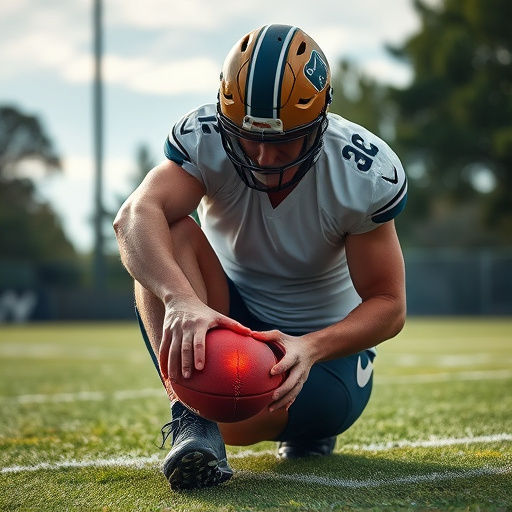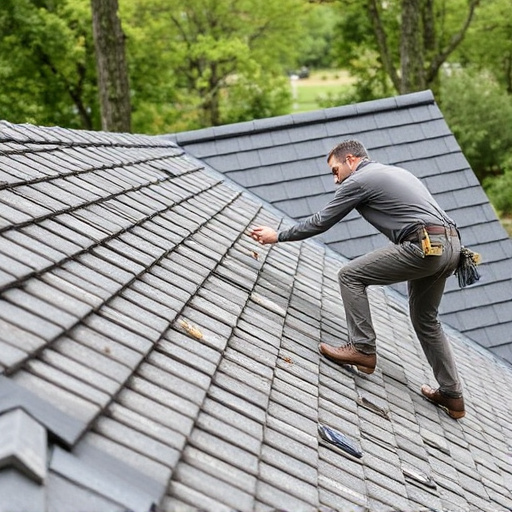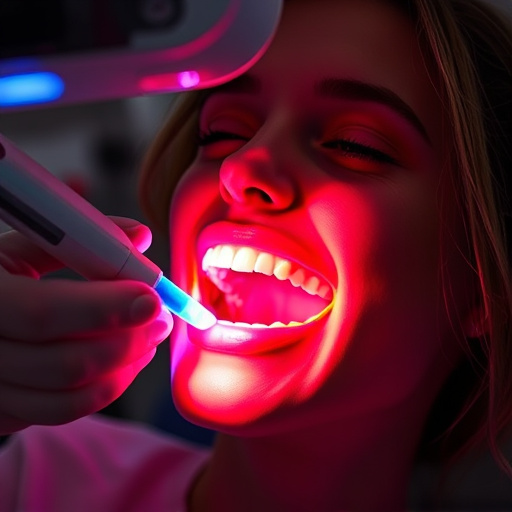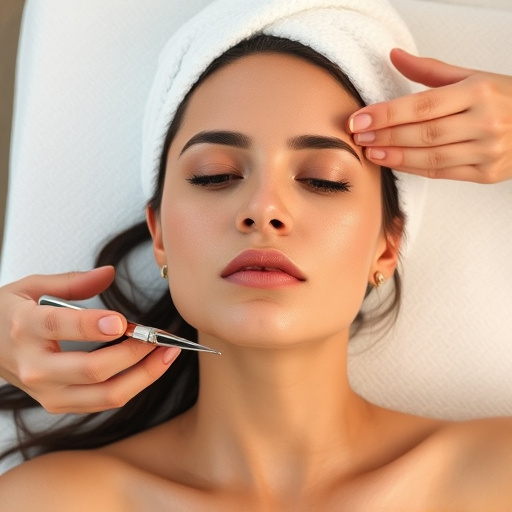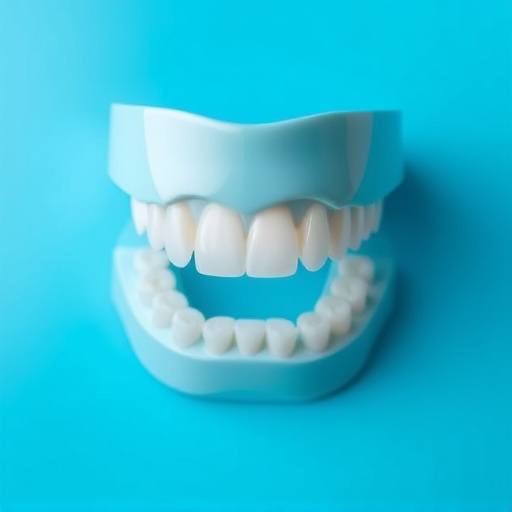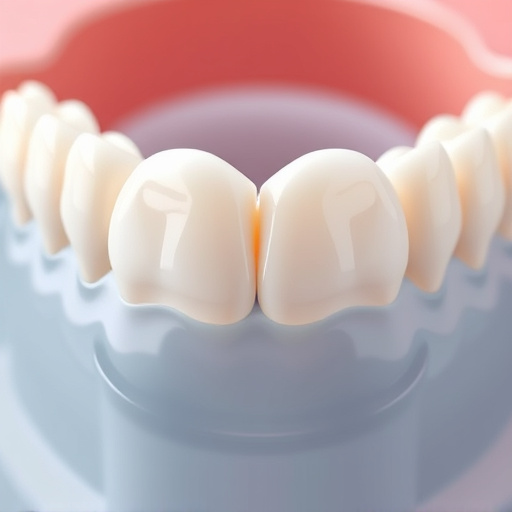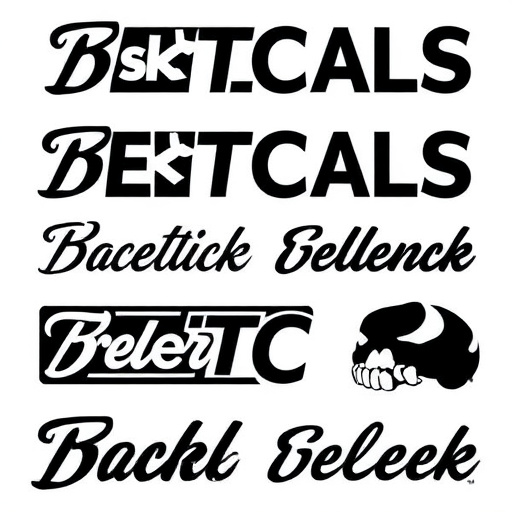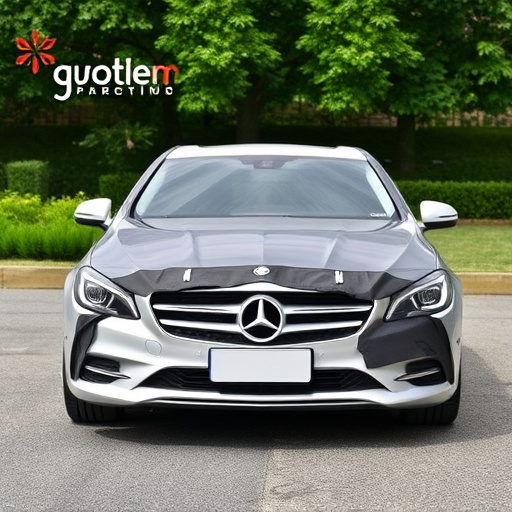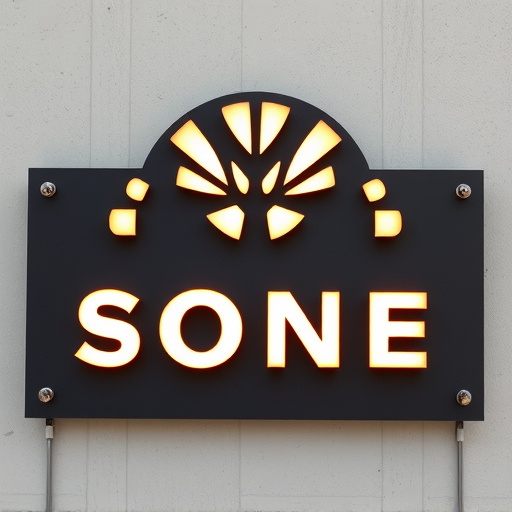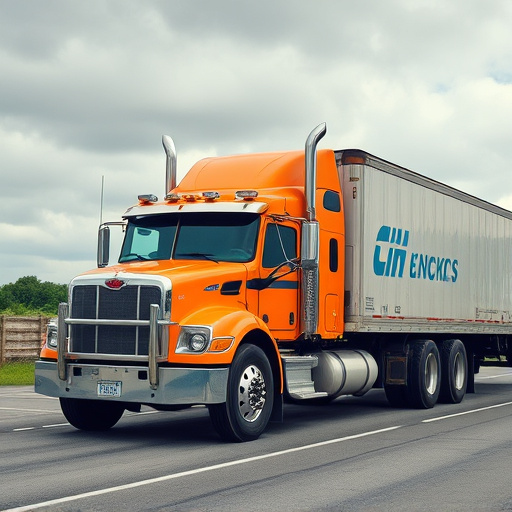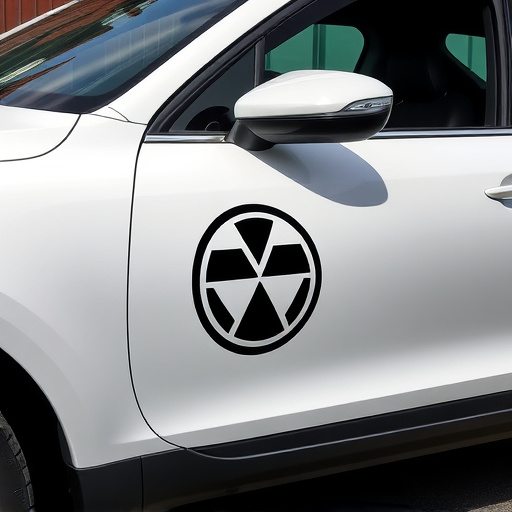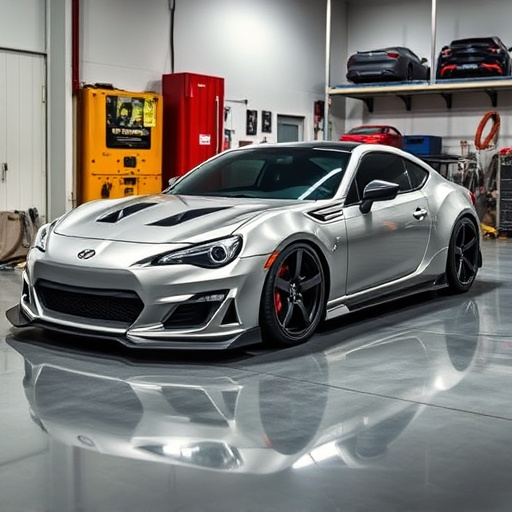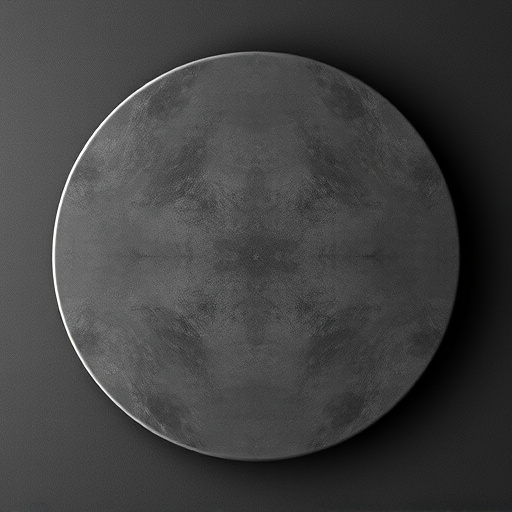UV damage is a significant concern for clear coat restoration, causing yellowing, cracking, and gloss loss over time due to sunlight exposure. High-quality finishes offer initial protection but are vulnerable. Regular inspections, prompt restoration, PPF installation, custom graphics, vehicle wraps, and polishing techniques are essential to mitigating UV effects, preserving finish integrity, and maintaining market value for clear coat restorations.
In today’s digital era, our vehicles are constantly exposed to various elements, with ultraviolet (UV) damage from sunlight emerging as a significant concern. UV rays can deteriorate clear coats, leading to faded colors, reduced gloss, and even peeling. Understanding how UV radiation affects clear coats is crucial for vehicle owners and professionals alike. This article explores the impact of UV damage on vehicle aesthetics and value, while also delving into effective restoration techniques for revitalizing clear coat finishes.
- Understanding UV Damage to Clear Coats
- Impact on Vehicle Appearance and Value
- Effective Restoration Techniques and Considerations
Understanding UV Damage to Clear Coats
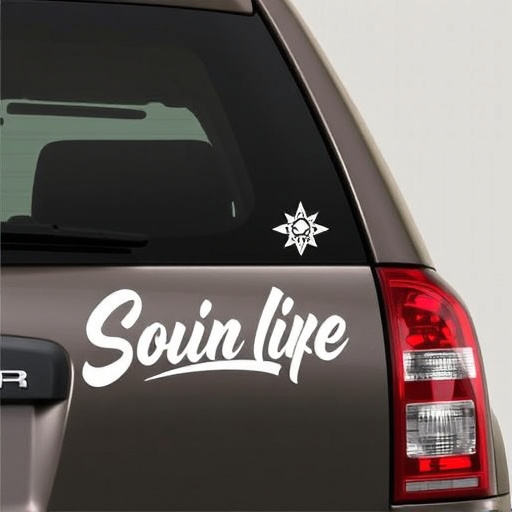
Understanding UV damage to clear coats is crucial for anyone involved in clear coat restoration. The sun’s ultraviolet (UV) radiation is a significant culprit behind the deterioration of automotive clear coatings, leading to a range of issues from yellowing and cracking to significant loss of gloss. This process occurs over time as UV rays penetrate the clear coat, breaking down its chemical bonds. The result is a visible degradation that not only affects the aesthetic appeal of a vehicle but also compromises its protective properties, making it more susceptible to further damage from environmental factors like dirt, dust, and chemicals.
UV damage can be exacerbated by various factors, including prolonged exposure to sunlight, lack of proper maintenance, and even certain types of ceramic window tinting applications if not done correctly. While high-quality finishes offer excellent protection initially, over time, they too can become vulnerable. Scratch protection layers, though designed to safeguard against everyday wear and tear, cannot fully shield clear coats from UV radiation’s harmful effects. Thus, regular inspections and prompt restoration are essential to maintaining the integrity of clear coat restorations.
Impact on Vehicle Appearance and Value
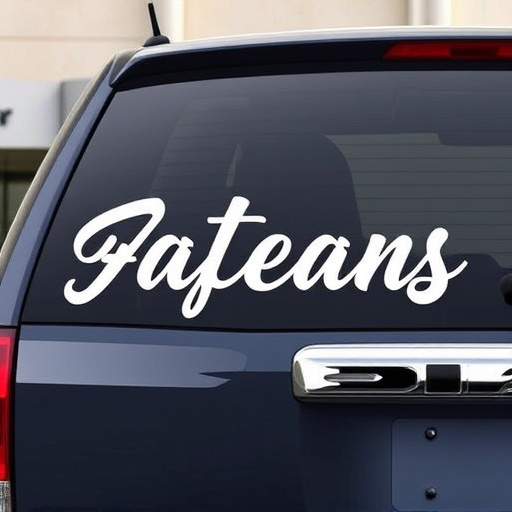
The impact of UV damage on a vehicle’s clear coat can be substantial, leading to significant changes in its appearance and overall value. Ultraviolet (UV) rays from the sun are highly reactive and can break down the chemical bonds in the paint and clear coat layers over time. This degradation results in a loss of luster, discoloration, and even delamination, where the clear coat starts to separate from the base paint. These visible signs of wear not only mar the aesthetic appeal of the vehicle but also signal deeper structural issues that require attention during clear coat restoration processes.
For car owners and professionals alike, understanding these effects is crucial when considering clear coat restoration techniques. While a simple wash and wax might temporarily address surface stains, deep UV damage often necessitates more intensive methods like professional PPF (paint protection film) installation or custom graphics application. These solutions provide an extra layer of defense against harmful UV radiation, preserving the vehicle’s original finish and maintaining its market value for longer periods.
Effective Restoration Techniques and Considerations
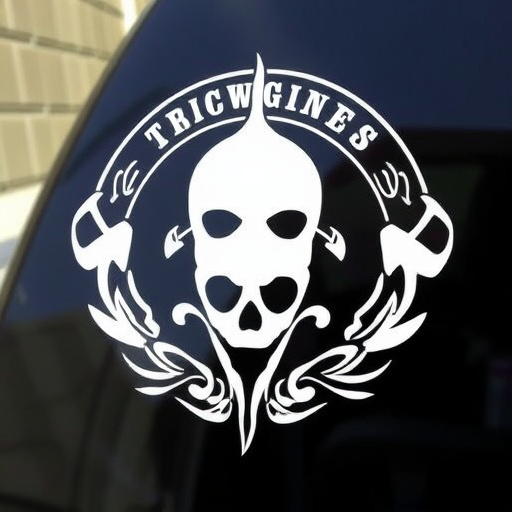
The process of clear coat restoration involves several effective techniques to revive and protect a vehicle’s finish. One of the key considerations is addressing UV damage, which can degrade the clear coat over time. Advanced technologies like professional PPF (Paint Protection Film) installation have emerged as a powerful tool in the fight against UV rays. This durable film acts as a barrier, shielding the clear coat from harmful solar radiation and maintaining its clarity and durability.
Additionally, vehicle wraps play a significant role in scratch protection and enhancing the overall aesthetics. By applying a tailored wrap, restorers can conceal minor imperfections and provide an extra layer of defense against environmental factors. These restoration techniques, combined with meticulous polishing and sealing, ensure that vehicles regain their original luster while gaining enhanced resilience to future damage.
UV damage plays a significant role in the deterioration of clear coats, impacting vehicle aesthetics and value over time. Understanding this process is crucial for effective clear coat restoration. By employing specialized techniques and considering key factors, professionals can restore damaged clear coats, preserving the vehicle’s appearance and retaining its market value. Clear coat restoration involves meticulous attention to detail and the use of advanced technologies to address UV-induced issues, ensuring a durable and visually appealing finish.

